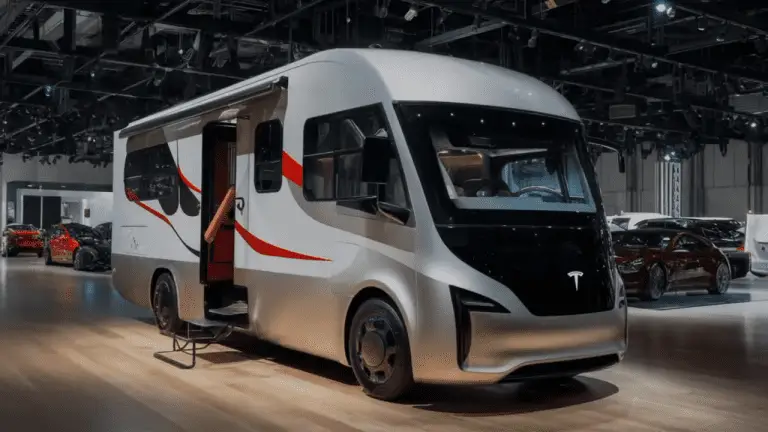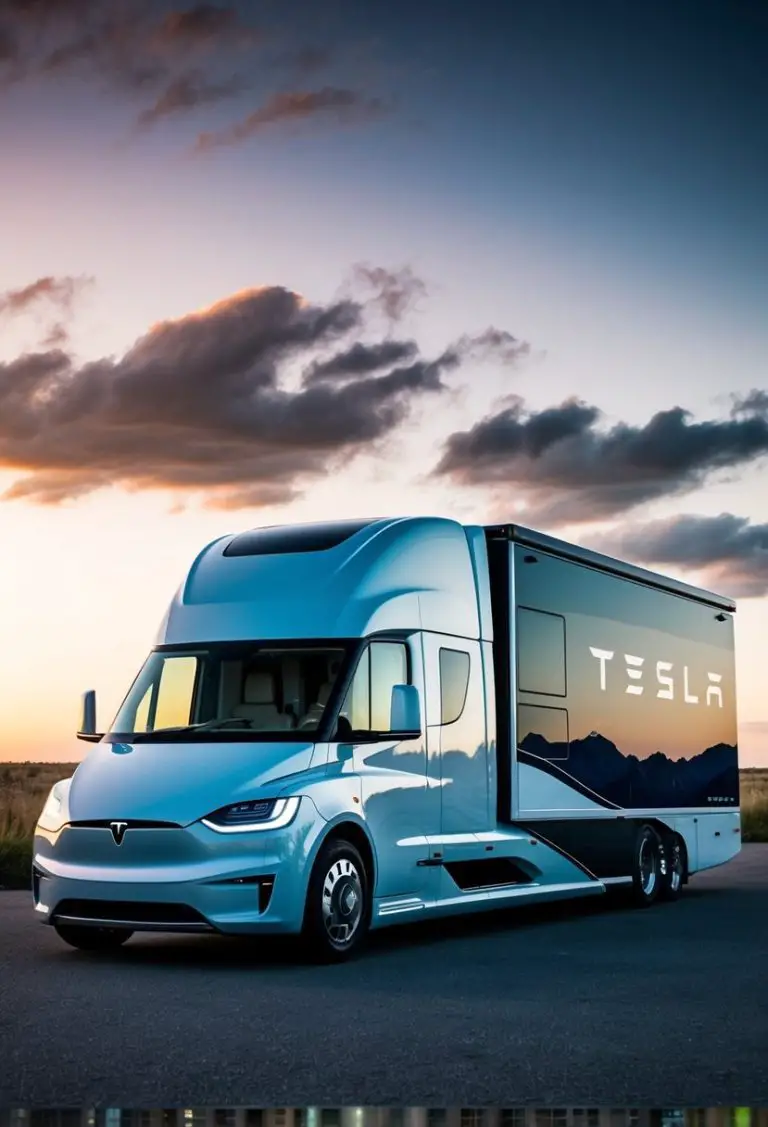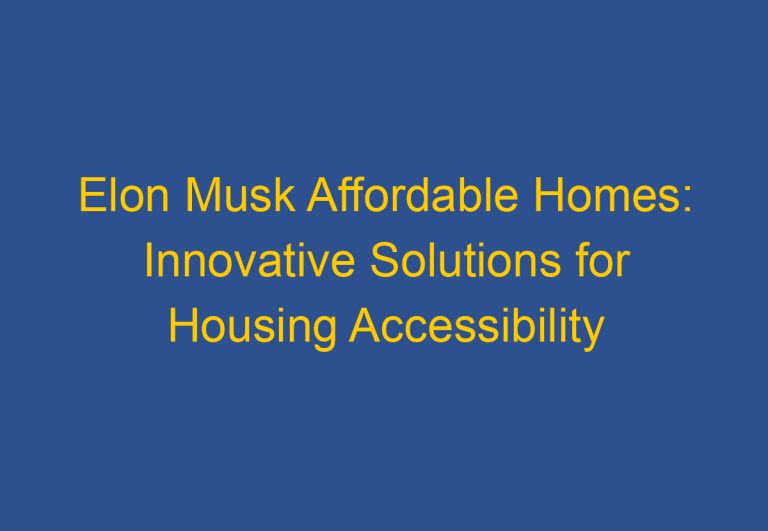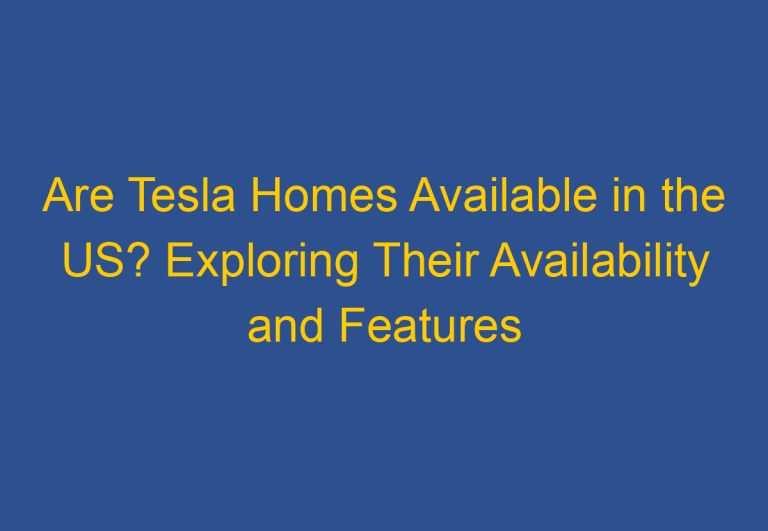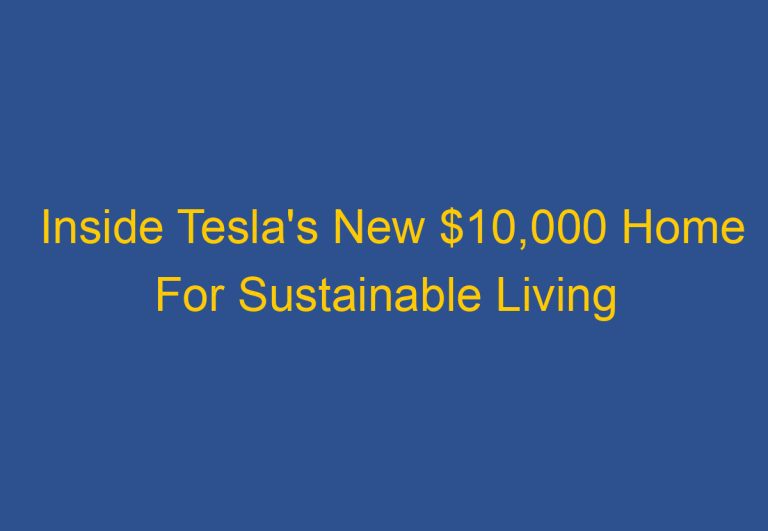Elon Musk’s $10,000 House: How to Buy and What You Need to Know
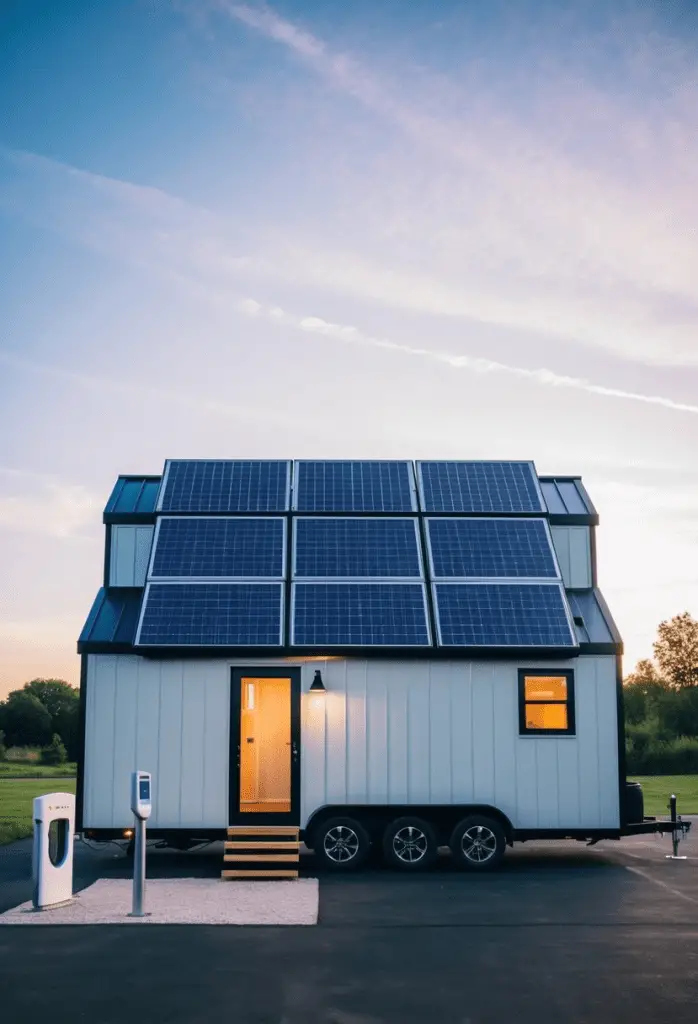
In recent years, the concept of affordable housing has taken on new dimensions, with tech visionaries like Elon Musk proposing revolutionary solutions. One such idea that has captured public imagination is Elon Musk’s $10,000 house, a potential game-changer in the housing market. This blog post will explore the reality behind these affordable homes, how to potentially buy one, and what this could mean for the future of housing.
The Vision Behind Elon Musk’s $10,000 House
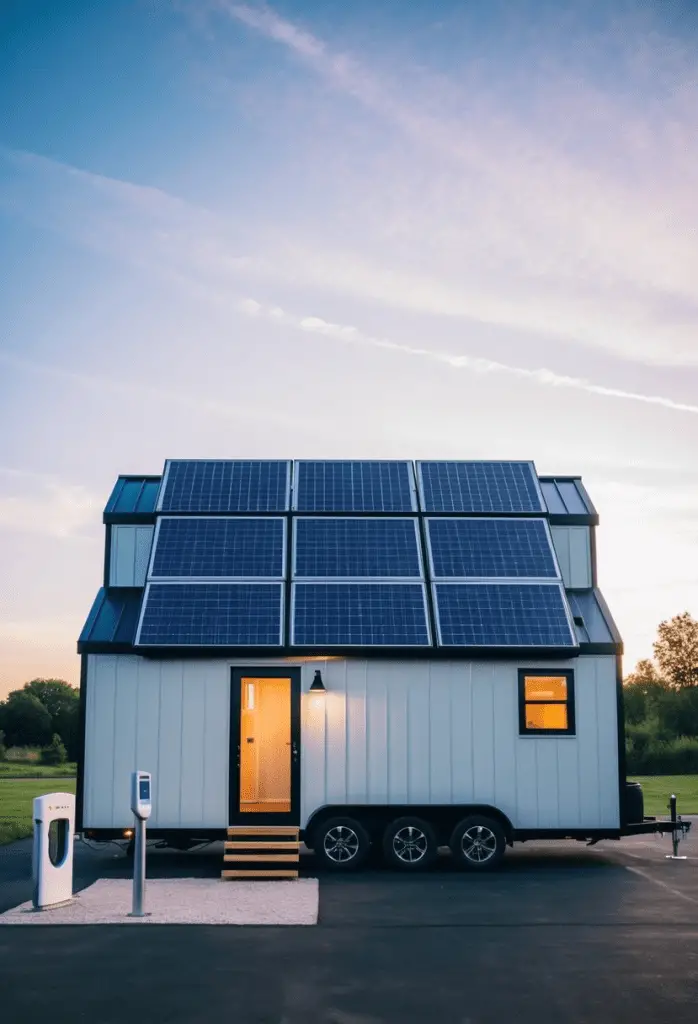
Elon Musk, known for his innovative approaches to technology and sustainability, has set his sights on revolutionizing the housing market. The concept of a $10,000 house aligns with Musk’s vision of making sustainable living accessible to a broader population. These homes are designed to be not just affordable, but also environmentally friendly and technologically advanced.
The idea behind these homes is to create a solution that addresses several pressing issues:
- Affordable housing crisis
- Environmental sustainability
- Technological integration in daily life
- Rapid deployment of housing solutions
What Are These $10,000 Houses?
While the term “$10,000 house” has been widely circulated, it’s important to note that the exact details and availability of these homes are still somewhat unclear. The concept is often associated with prefabricated or modular homes that can be quickly assembled and deployed.
One company that has been linked to this concept is Boxabl, which produces foldable homes that can be easily transported and set up. While not directly affiliated with Elon Musk, Boxabl’s innovative approach to affordable housing aligns with the vision of low-cost, sustainable living that Musk has discussed.
These homes typically feature:
- Compact, efficient designs
- Sustainable materials
- Smart home technology integration
- Quick assembly and installation
- Potential for off-grid living
The Reality Check
Before we delve into how to buy one of these homes, it’s crucial to address some misconceptions. The idea of a $10,000 house, while exciting, may not be entirely accurate or currently available. Some points to consider:
- Price Accuracy: The $10,000 price point may not include land costs, utilities, or other necessary expenses.
- Availability: As of now, there’s no direct way to purchase a “$10,000 Elon Musk house” as a specific product.
- Ongoing Development: The concept is still in development, and actual products may differ from initial proposals.
How to Buy an Affordable, Innovative Home
While the exact “$10,000 Elon Musk house” may not be available for purchase, there are similar concepts and products in the market that align with the vision of affordable, sustainable housing. Here’s a guide on how to approach buying such a home:
1. Research Available Options
Start by researching companies that offer prefabricated, modular, or tiny homes. Look for options that prioritize sustainability, affordability, and innovation. Some companies to consider include:
- Boxabl
- Kasita
- Blu Homes
- Connect Homes
2. Understand Your Needs and Local Regulations
Before making a purchase:
- Assess your space requirements and lifestyle needs
- Check local zoning laws and building codes
- Consider utility connections and land requirements
3. Budget Realistically
Remember that the cost of the house itself is just one part of the equation. Factor in:
- Land costs (if not already owned)
- Site preparation and foundation
- Utility connections
- Transportation and assembly costs
- Permits and inspections
4. Explore Financing Options
Look into various financing options, including:
- Traditional mortgages (if applicable)
- Personal loans
- Manufacturer financing programs
- Government-assisted programs for affordable housing
5. Consider the Location
The location of your home is crucial. Consider:
- Proximity to work and amenities
- Climate and environmental factors
- Community and neighborhood characteristics
- Future development plans in the area
6. Evaluate the Technology and Sustainability Features
Look for homes that offer:
- Energy-efficient appliances and systems
- Solar power options
- Smart home integration
- Sustainable materials
7. Plan for the Future
Consider how the home can adapt to your future needs:
- Potential for expansion
- Ability to upgrade technology
- Resale value
The Impact on the Housing Market
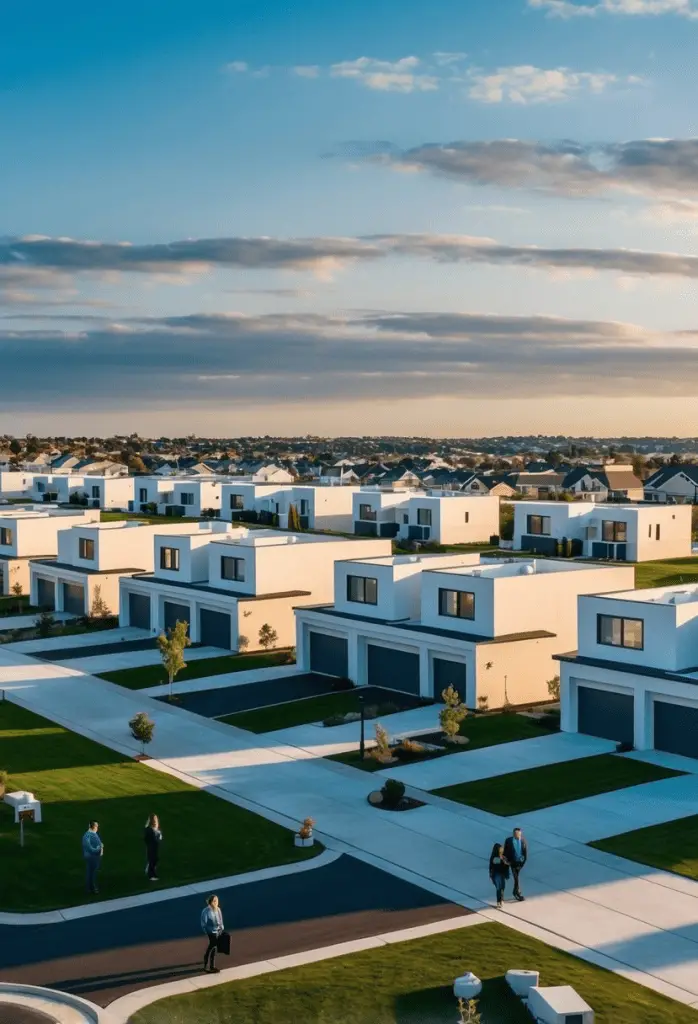
The concept of extremely affordable, technologically advanced homes like the proposed $10,000 house could have significant implications for the housing market:
- Increased Accessibility: More people could afford homeownership, potentially easing housing crises in many areas.
- Sustainability Focus: These homes could set new standards for energy efficiency and sustainable living.
- Market Disruption: Traditional homebuilders and real estate markets might need to adapt to compete with new, innovative housing solutions.
- Urban Planning Changes: Cities might need to reconsider zoning laws and infrastructure to accommodate new types of homes.
- Technological Integration: The marriage of housing and technology could become more pronounced, leading to smarter, more efficient living spaces.
Challenges and Considerations
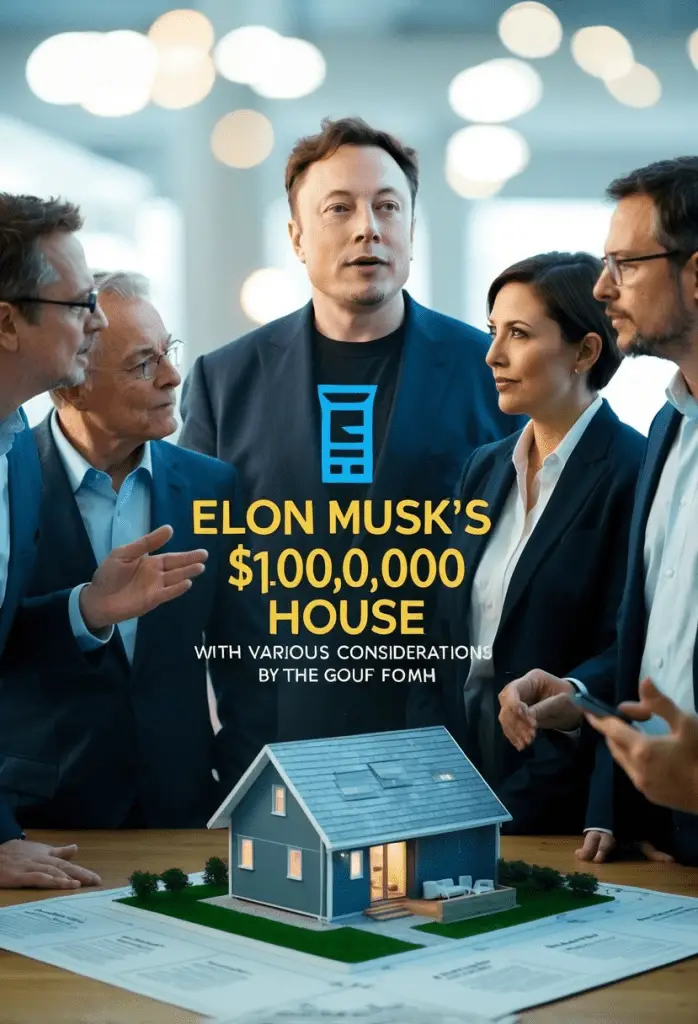
While the prospect of affordable, innovative housing is exciting, there are challenges to consider:
- Quality Concerns: Ensuring that low-cost homes meet safety and durability standards is crucial.
- Infrastructure Needs: Many areas may not be prepared for the utility and service demands of these new home types.
- Public Perception: Overcoming stigmas associated with prefab or tiny homes may be necessary for widespread adoption.
- Regulatory Hurdles: Building codes and zoning laws may need to evolve to accommodate these new housing types.
- Long-term Viability: The longevity and maintenance requirements of these homes need to be carefully evaluated.
The Future of Housing
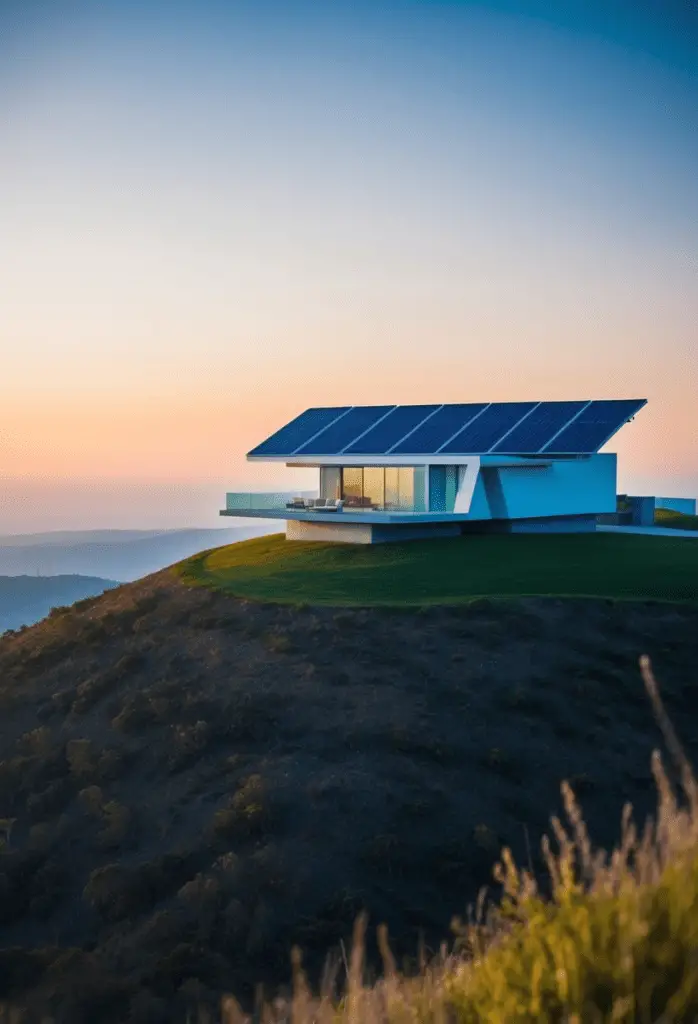
Elon Musk’s vision for $10,000 homes represents more than just an economic opportunity; it signifies a philosophical shift towards inclusivity and minimalism in housing. While the exact implementation of this vision is still evolving, it has sparked important conversations about the future of housing.
As we move forward, we can expect to see:
- More innovation in prefab and modular housing
- Increased focus on sustainability in home design and construction
- Greater integration of technology in everyday living spaces
- Potential shifts in urban planning and development
- New approaches to addressing housing affordability on a global scale
Conclusion
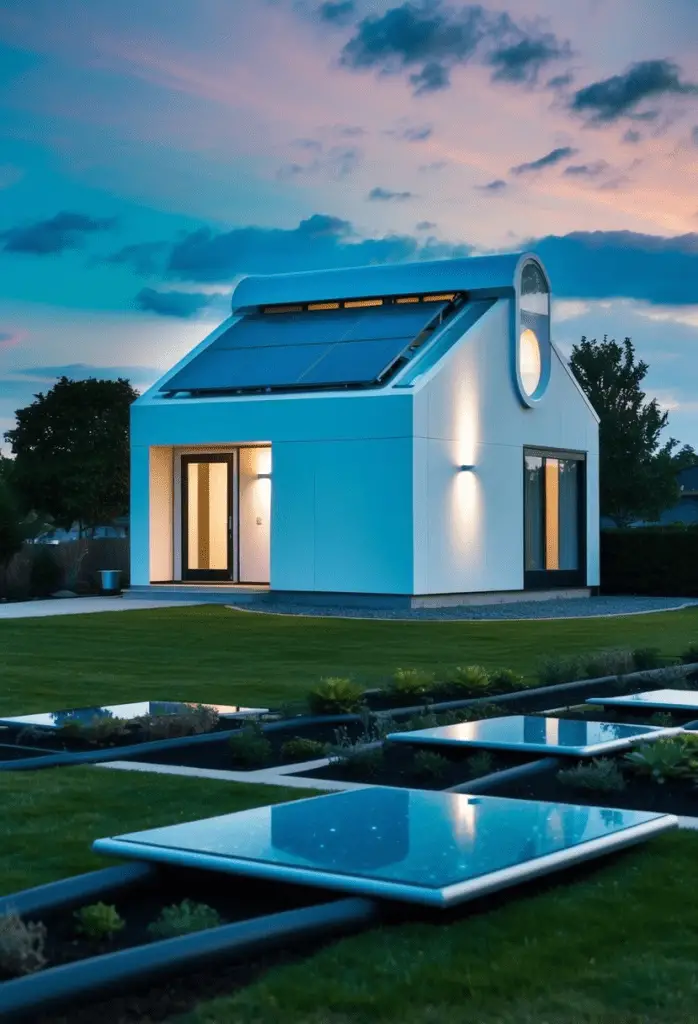
The concept of Elon Musk’s $10,000 house has captured the imagination of many, promising a future where affordable, sustainable, and technologically advanced housing is accessible to all. While the reality may differ from the initial vision, it has undoubtedly sparked a movement towards more innovative housing solutions.
For those interested in being part of this housing revolution, the key is to stay informed, research thoroughly, and consider all aspects of homeownership. While you may not be able to buy a “$10,000 Elon Musk house” today, you can certainly explore similar innovative housing options that align with the principles of affordability, sustainability, and technological integration.
As we move forward, it’s clear that the housing market is on the cusp of significant changes. Whether through Musk’s vision or other innovative approaches, the future of housing looks to be more accessible, sustainable, and technologically integrated than ever before. Stay tuned as this exciting field continues to evolve, potentially reshaping our understanding of home and community in the years to come.

